Tourists watch people weaving baskets at Hai Van Farm.
Developing a point model
Community-based tourism in the province has been formed and developed quite a lot, has contributed to solving employment, improving the lives of community-based tourism, promoting the image of the locality and people of Ben Tre. In order for community-based tourism activities in the province to develop in the right direction, synchronously, professionally, while ensuring benefits and increasing income for community-based tourism activities, the Ministry of Agriculture and Rural Development has recently approved a list of pilot models under the "One Commune One Product" Program for the period 2021 - 2025 (phase 2). On that basis, the Department of Agriculture and Rural Development advised the Provincial People's Committee to develop a plan to implement the pilot model of the "One Commune One Product" Program for the period 2021 - 2025 with the model "Developing rural tourism in the direction of green tourism associated with enhancing the role of organization and management of unions in Tan My commune, Ba Tri district", piloted at the Hai Van Farm - Vam Ho Bird Sanctuary eco-tourism site.
The value brought from rural tourism development is to contribute to the preservation and promotion of cultural values, traditional history, customs and practices of indigenous people, and to protect the ecological environment. Building a friendly tourism environment associated with rural tourism development, building new rural areas. At the same time, applying, exploiting, maximizing and effectively promoting the advantages of indigenous natural resources, cultural features, customs and practices of local people to create tourism products to serve tourists. The pilot model also aims to build a product value chain associated with the orientation of improving the quality and sustainability of OCOP products, especially developing local raw material areas, small and medium-scale processing, and improving the management capacity of the Union.
The main content of the model includes propaganda, raising awareness and thinking about developing rural tourism in the direction of green tourism, associated with enhancing the role of organizing and managing the Union. Training, coaching, and fostering human resources for developing rural tourism, regularly organizing training courses, fostering, and updating professional knowledge of tourism for the workforce and the Union, developing infrastructure and technical facilities to serve tourism such as: investing in social infrastructure of transportation, electricity, water, telecommunications, developing websites, digital tourism maps, developing green and clean landscapes, investing and upgrading tourism service systems, and being environmentally friendly. Some important items that will be invested in when building the model include: infrastructure (college accommodation, event house, college culinary experience house), exhibition house, demonstration, introduction and trade of OCOP college products, cultural storage space, economy, college history, landscape, human resource training, digital technology application. The items use funding from central, local and counterpart enterprise capital.
Gathering community participation
Hai Van Farm - Vam Ho Bird Sanctuary is the only tourist destination in the province recognized as meeting the 4-star OCOP tourism product standards in 2022, and was chosen as the model implementation location. Currently, tourism products associated with the community at the farm are diverse, such as: experiential education programs, seminars, conferences, camping, campfires, accommodation, coconut farm experiences, enjoying the Ba Lai River, exploring the Vam Ho Bird Sanctuary, and local cuisine.
Director of Hai Van Farm - Vam Ho Bird Sanctuary Ecotourism Site Doan Thi My Nhu said: The site's tourism products are built on the motto of developing community-based ecotourism associated with experiential tourism and the agricultural culture of the Coconut Land. On that basis, over the past time, the farm has formed a typical tourism product with community-based cultural characteristics, developed a network of connections including local workers of many professions along with many agricultural cooperatives, folk artisans, and Coconut Land cuisine, and built inter-district and inter-provincial tours to meet the needs of tourists.
At the site, a common space has been created for local farmers, craftsmen, and artisans to demonstrate traditional crafts (weaving, making rice paper, tying coconut leaves, making traditional cakes, etc.), connect and interact with tourists, and sell their own products. Currently, the farm has linked up with 5 cultural and artistic clubs to exchange and connect with tourists such as: Van Tien Poetry Club, Ba Tri Poetry Club, Amateur Music Club, Truc Giang Calligraphy Club, and connected with 4 agricultural cooperatives to introduce OCOP products to tourists.
With a comprehensive tourism product built from collective entertainment, exploring and experiencing nature (forests, rivers, farming), traditional crafts, local cultural activities (Van Tien poetry, poetry reading, calligraphy...), cuisine with a team of tour guides and local workers, it has brought tourists a fairly complete experience of indigenous culture. Through connecting with tourism, local products have the opportunity to go further when businesses participate in tourism activities outside the province.
Being selected by the central and local ministries and branches to build a model of community-based tourism is not only a development opportunity for the tourism site but also an important source of investment to create momentum to promote the development of community-based tourism products as well as OCOP products of the province. Implement well the planning and orientation of community-based tourism development in the province to adapt to the new normal. Enhance the interaction of experiences, learn about the culture, customs, habits and activities of the people of the Coconut land. Build and develop a community-based tourism model associated with the direct participation of the people, contributing to socio-economic development, job creation, and improving the material and spiritual life of local people.
Article and photos: Thanh Dong
Source link


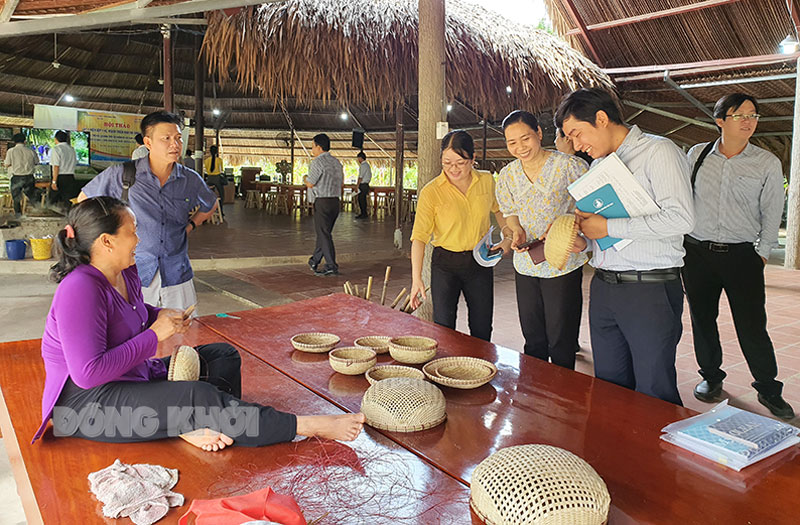
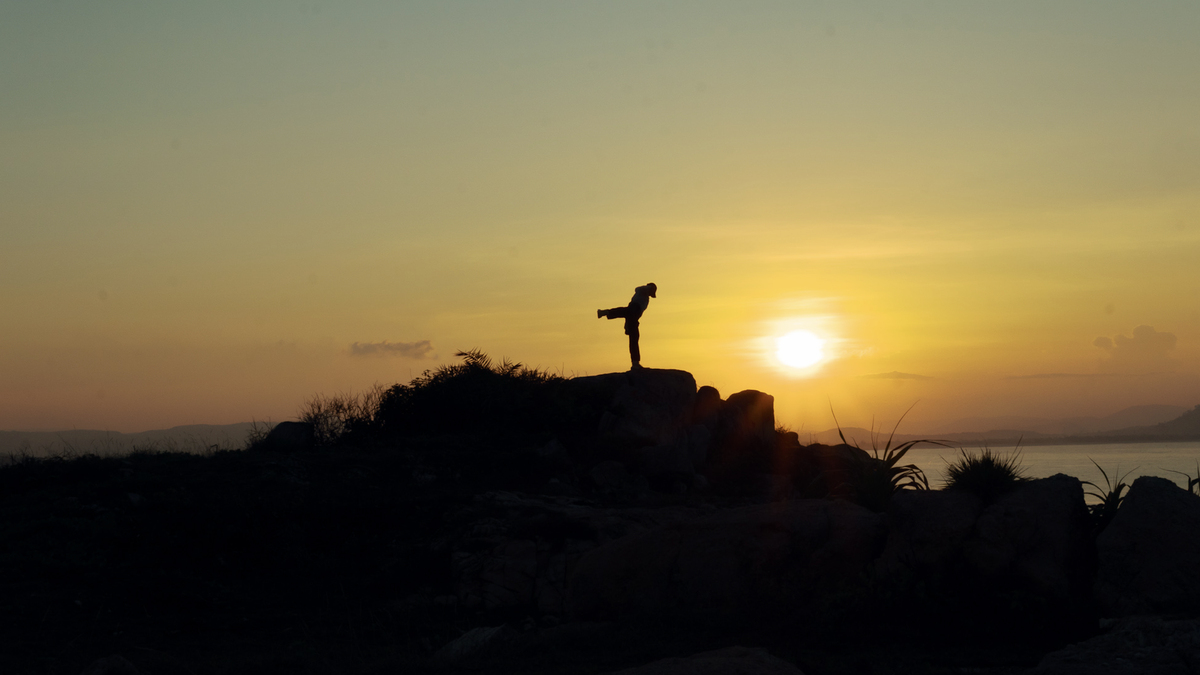
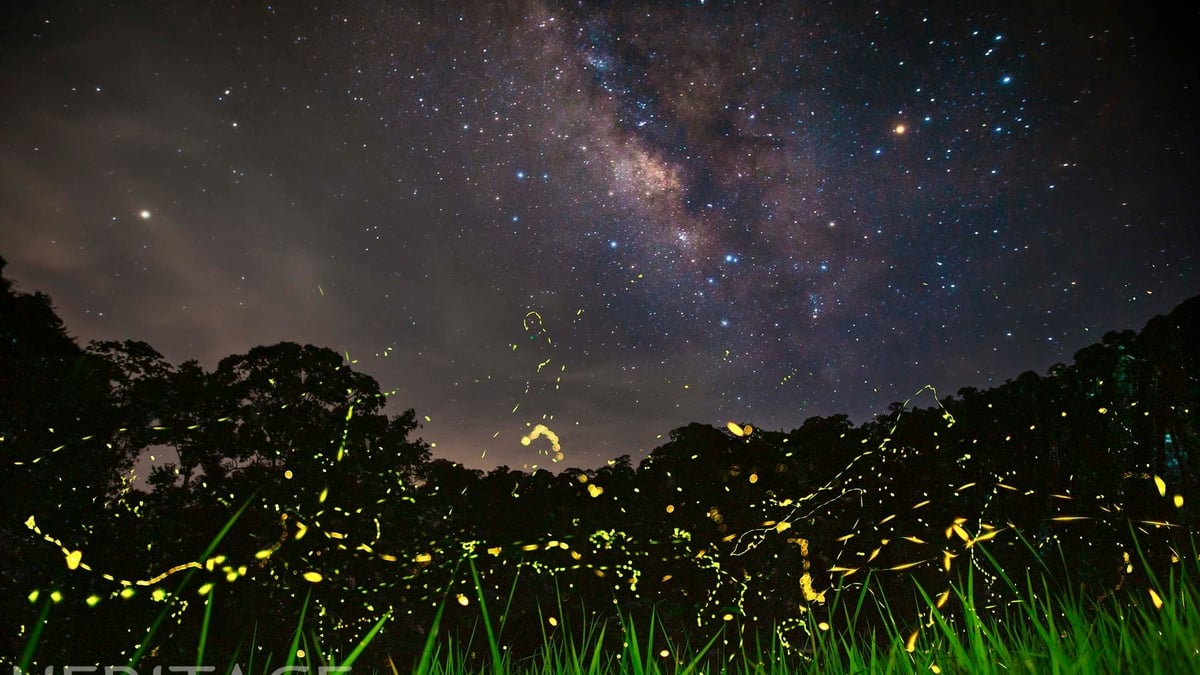
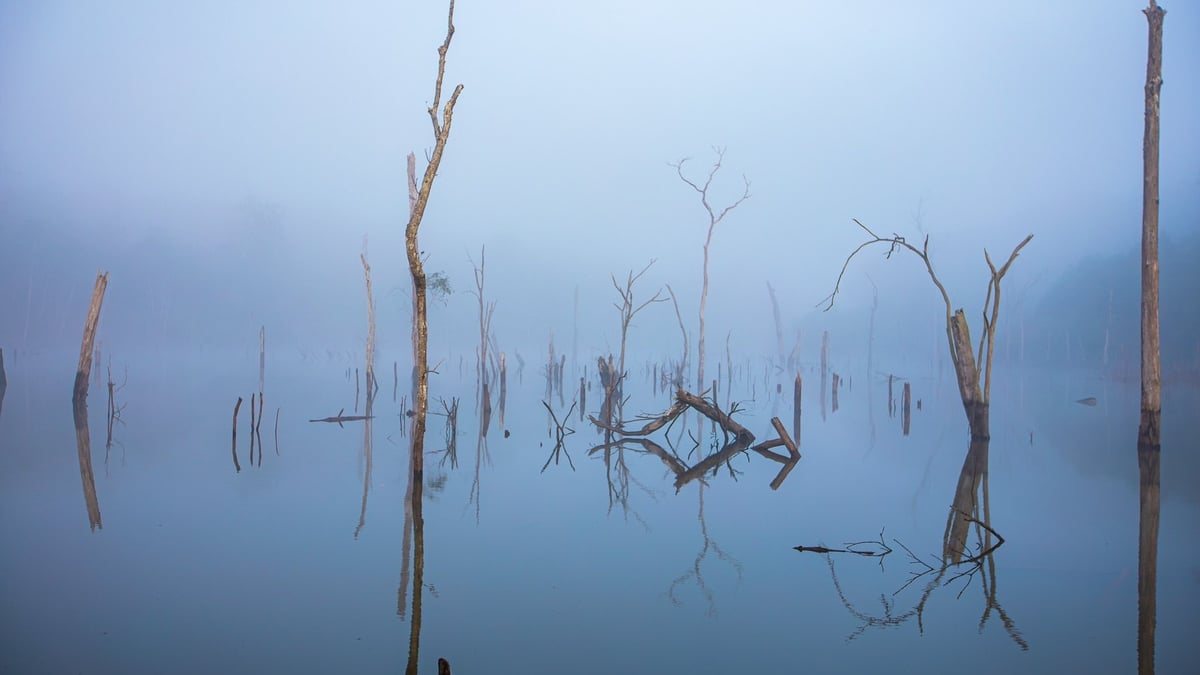
![[Photo] Prime Minister Pham Minh Chinh receives Country Director of the World Bank Regional Office for Vietnam, Laos, Cambodia](https://vphoto.vietnam.vn/thumb/1200x675/vietnam/resource/IMAGE/2025/5/15/2c7898852fa74a67a7d39e601e287d48)
![[Photo] National Assembly Chairman Tran Thanh Man meets with Thai Prime Minister Paetongtarn Shinawatra](https://vphoto.vietnam.vn/thumb/1200x675/vietnam/resource/IMAGE/2025/5/15/e71160b1572a457395f2816d84a18b45)

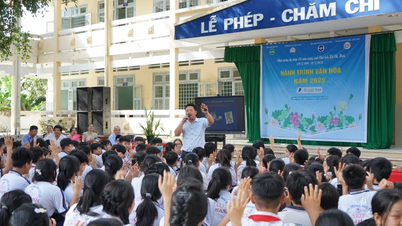


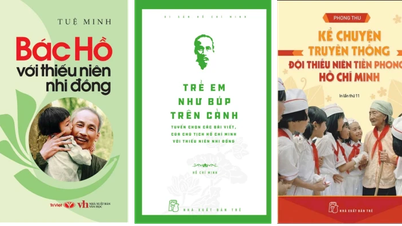
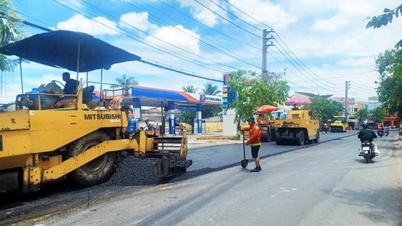
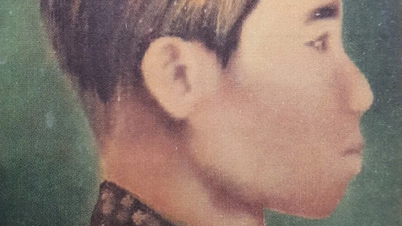




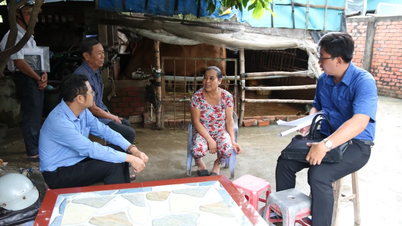
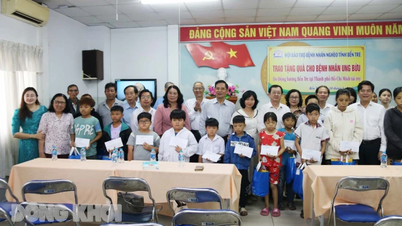

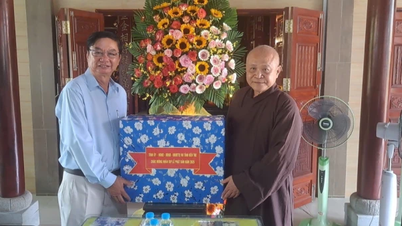
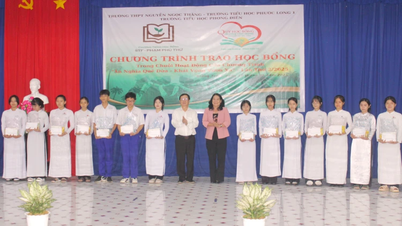
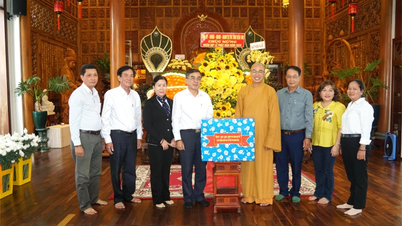
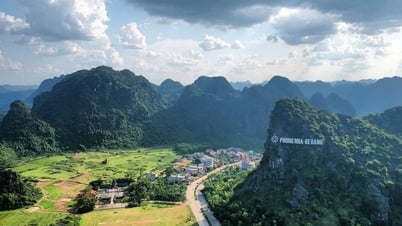

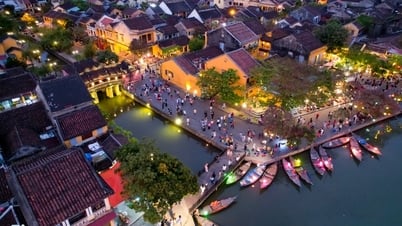

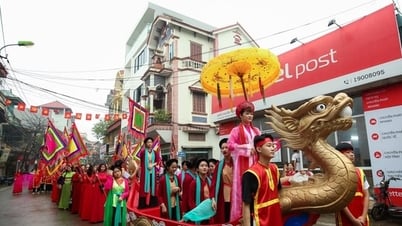



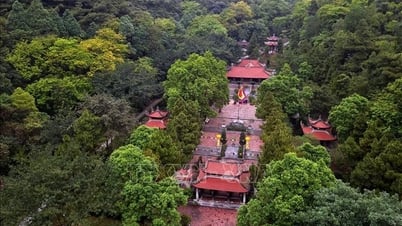



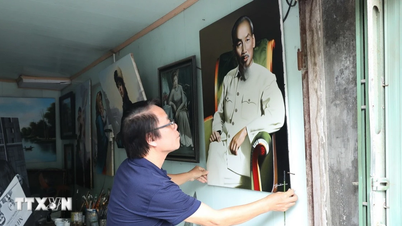

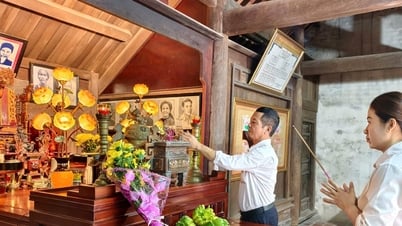





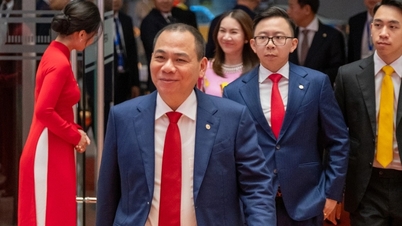

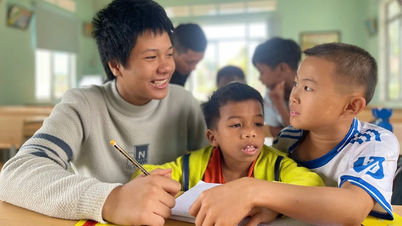

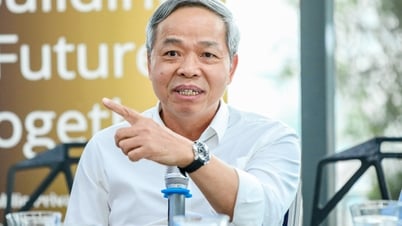






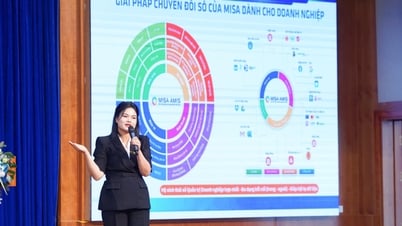


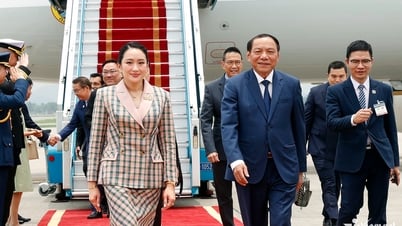
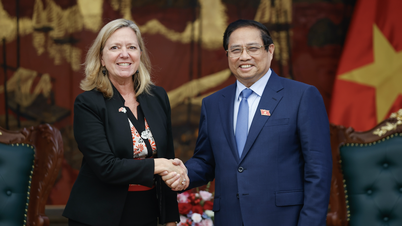




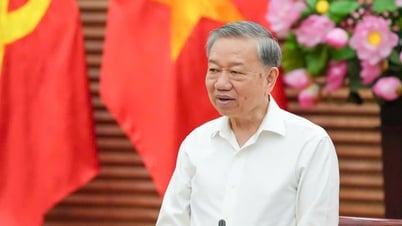
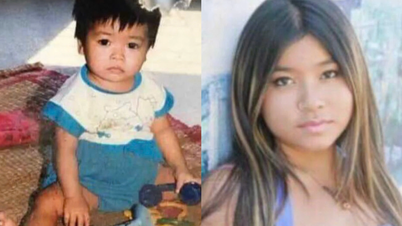

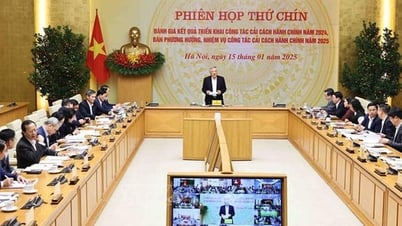
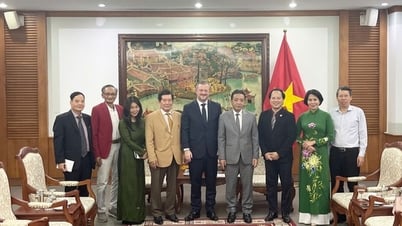
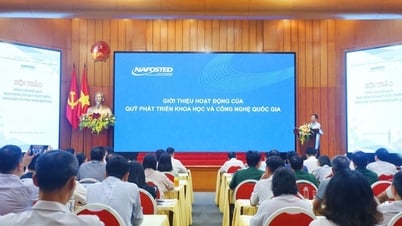

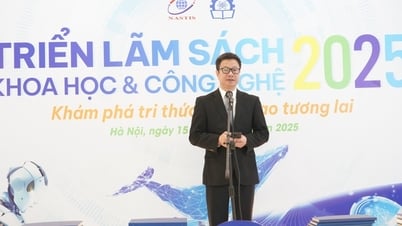
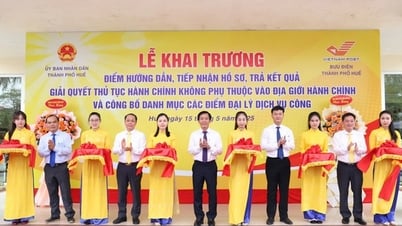
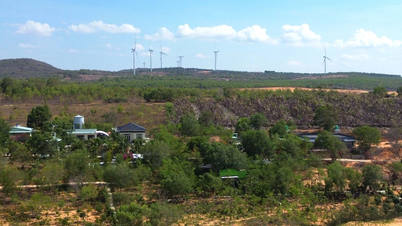

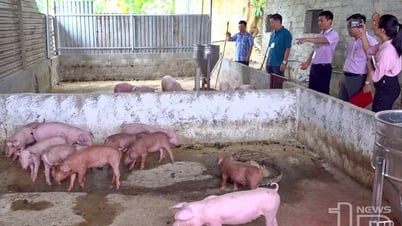

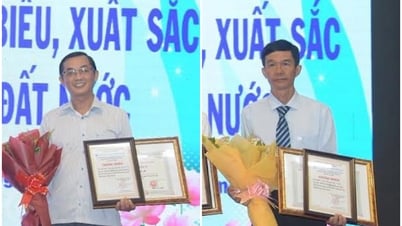
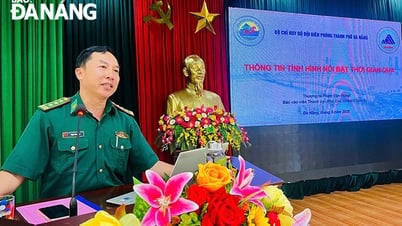

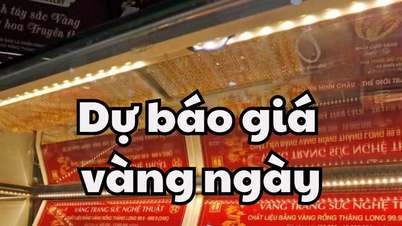

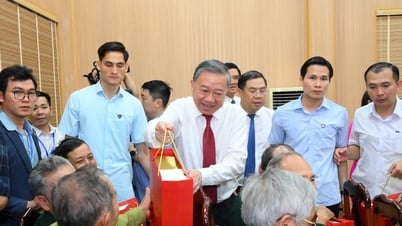
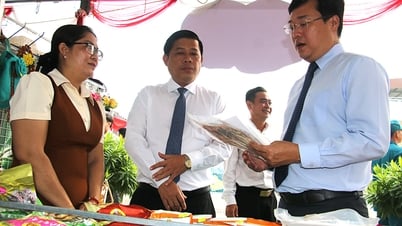
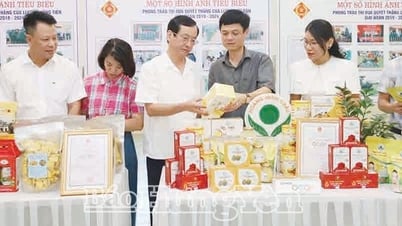

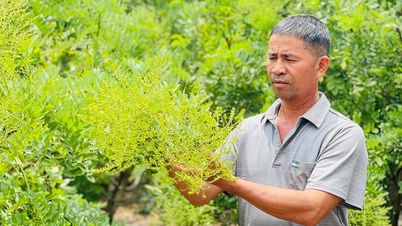

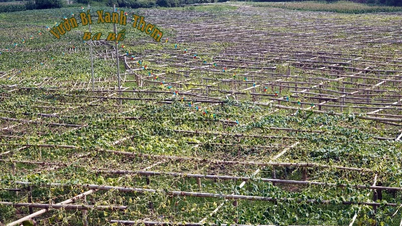

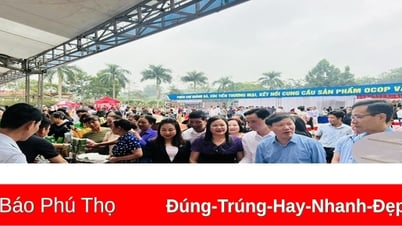


Comment (0)